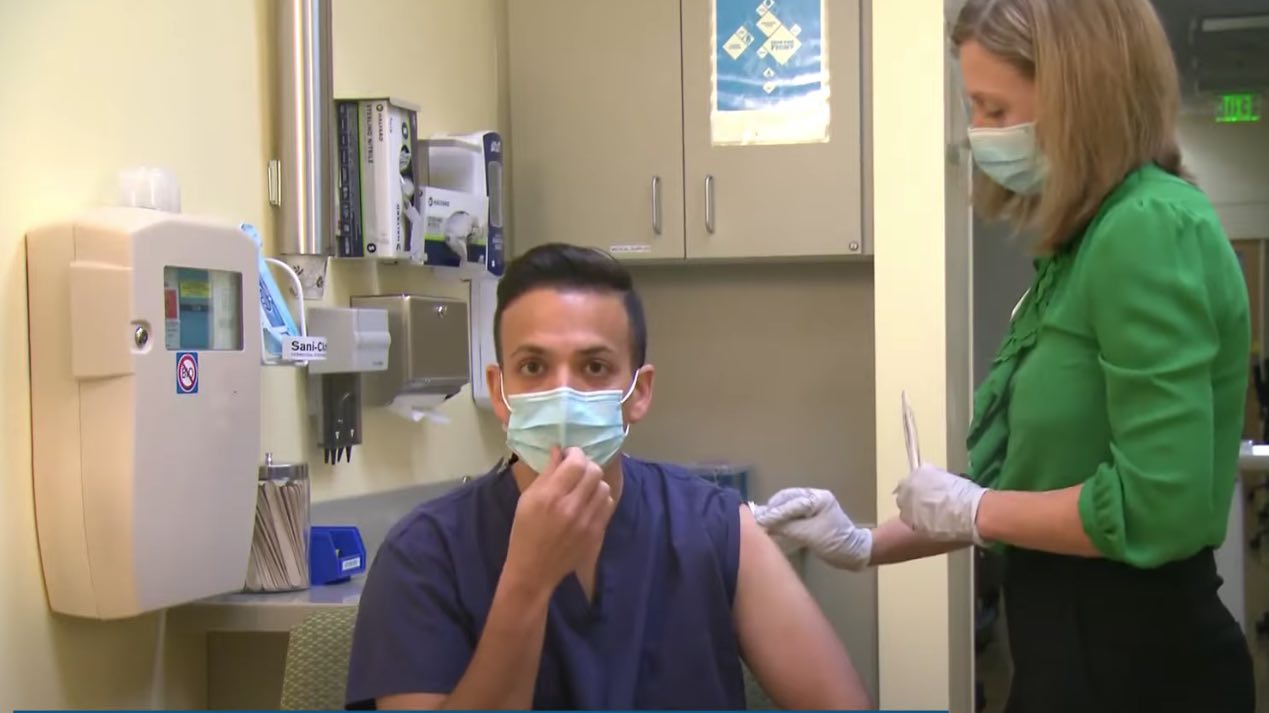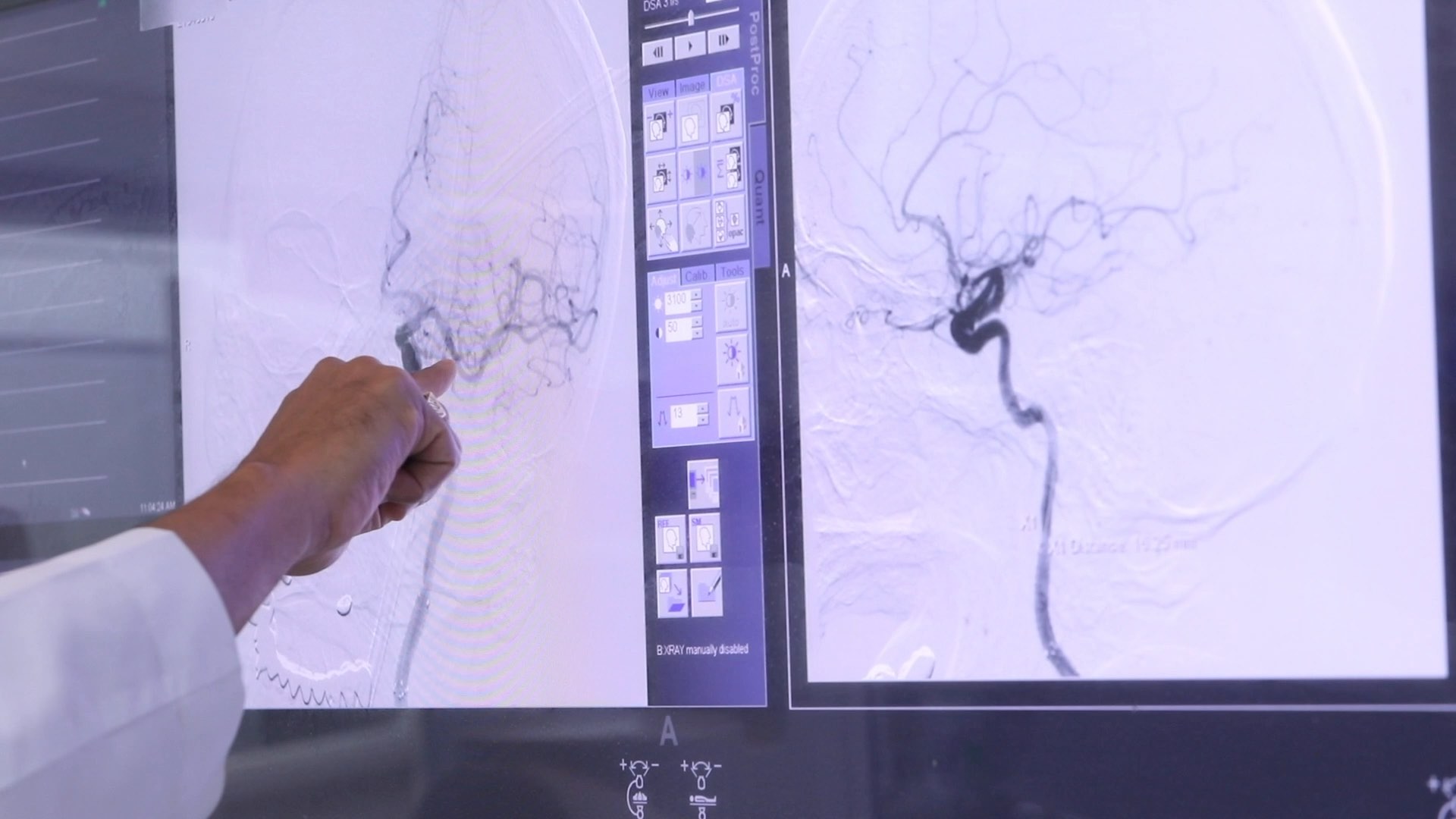NEW YORK (Reuters Health) – Bedside ultrasound can reliably diagnose clavicle fractures in children seen in the emergency department, with no more discomfort than radiographs — and without radiation.
That finding comes from Dr. Keith P. Cross at the University of Louisville, Kentucky, and colleagues. As they note in Academic Emergency Medicine for July, clavicle fractures are a common pediatric injury, and usually require imaging confirmation. “However, radiographs take time, cost money, and expose patients to radiation.”
To test the accuracy of bedside ultrasound for diagnosing pediatric clavicle fractures, the group prospectively studied a convenience sample of 100 children presenting with shoulder injuries requiring radiographs. A standardized ultrasound exam of the clavicle was performed, starting at the sternal junction and moving laterally, and then x-rays were taken.
Forty-three of the patients were seen to have a clavicle fracture on the reference radiographs. Based on this standard, the sensitivity of ultrasound detected fracture was 95% and the specificity was 96%.
There were two false-negative ultrasound exams, both hairline fractures faintly visible on x-rays.
After the examinations, 86 patients who older than 4 years were asked to rate pain on a 0-5 “faces” pain scale. The interpolated median scores were 0.6 for ultrasound and 0.8 for radiographs.
Dr. Cross and colleagues conclude, “Given its diagnostic accuracy, minimal pain during examination, and lack of ionizing radiation, physicians should consider ultrasound for bedside diagnosis of pediatric clavicle fractures.”
Reference:
Bedside Ultrasound Diagnosis of Clavicle Fractures in the Pediatric Emergency Department
Acad Emerg Med 2010;17:687–693.






